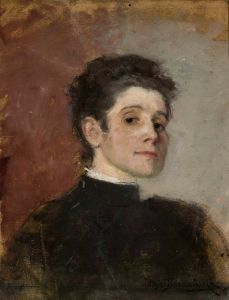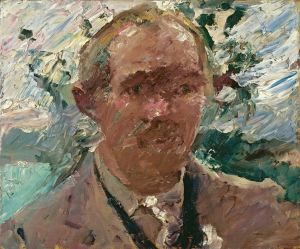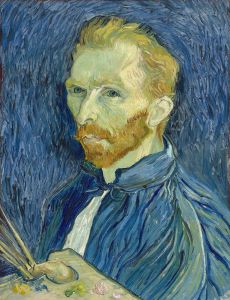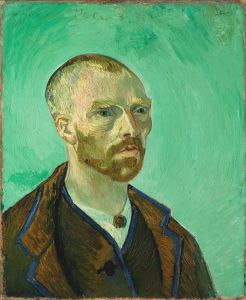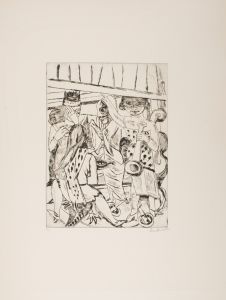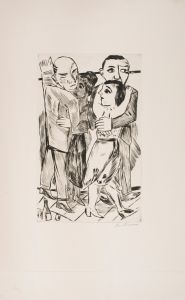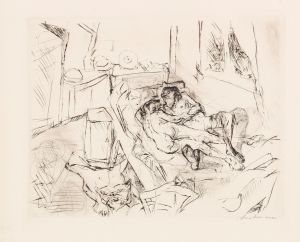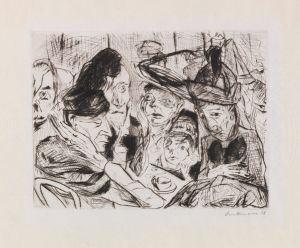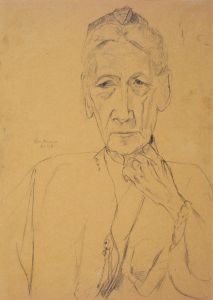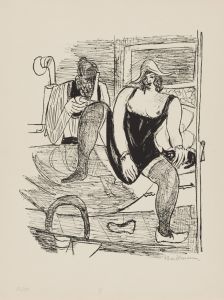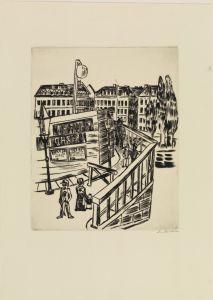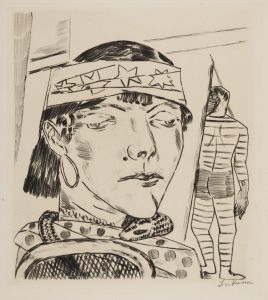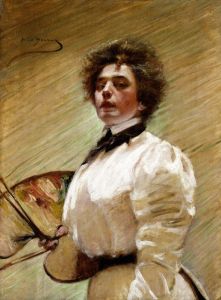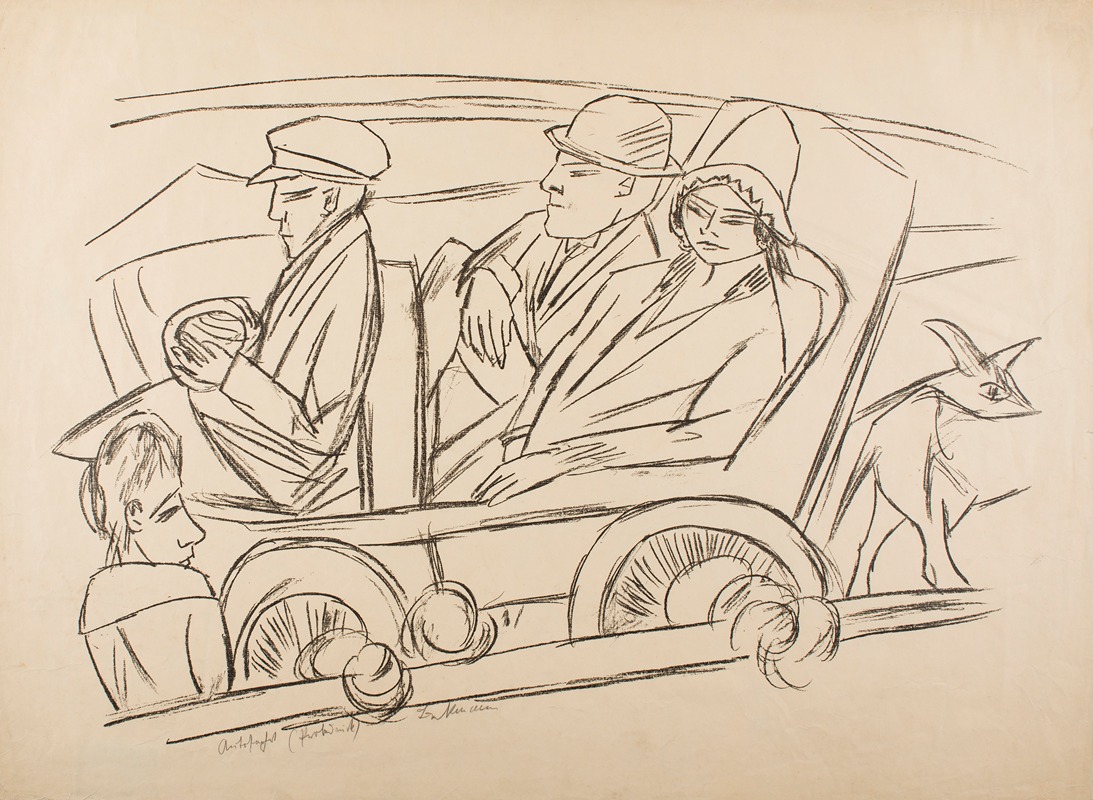
Self-Portrait in Car
A hand-painted replica of Max Beckmann’s masterpiece Self-Portrait in Car, meticulously crafted by professional artists to capture the true essence of the original. Each piece is created with museum-quality canvas and rare mineral pigments, carefully painted by experienced artists with delicate brushstrokes and rich, layered colors to perfectly recreate the texture of the original artwork. Unlike machine-printed reproductions, this hand-painted version brings the painting to life, infused with the artist’s emotions and skill in every stroke. Whether for personal collection or home decoration, it instantly elevates the artistic atmosphere of any space.
"Self-Portrait in Car" is a notable painting by the German artist Max Beckmann, created in 1940. Beckmann, a prominent figure in the Expressionist movement, is renowned for his intense and often introspective works that reflect the tumultuous times in which he lived. This particular self-portrait is a striking example of his mature style, characterized by bold lines, vivid colors, and a deep psychological complexity.
The painting depicts Beckmann seated in the driver's seat of a car, gazing directly at the viewer with a stern and contemplative expression. The composition is tightly cropped, focusing on Beckmann's upper body and face, which are rendered with a sense of immediacy and intensity. The background is relatively abstract, with the car's interior suggested through simplified forms and a limited color palette, emphasizing the artist's face and hands.
"Self-Portrait in Car" was created during a period of significant upheaval in Beckmann's life. In 1937, the Nazi regime in Germany had labeled his work as "degenerate art," leading to the removal of his paintings from German museums and his subsequent emigration to Amsterdam. This period of exile and the broader context of World War II undoubtedly influenced the somber and introspective nature of the painting.
The self-portrait is notable for its psychological depth and the way it captures Beckmann's inner turmoil and resilience. The car, a symbol of modernity and mobility, contrasts with the artist's introspective gaze, suggesting a tension between the external world and his internal state. The use of strong, angular lines and a limited color palette of blacks, whites, and grays further enhances the painting's dramatic and contemplative mood.
Max Beckmann's self-portraits are a significant aspect of his oeuvre, offering insights into his evolving self-perception and artistic identity. "Self-Portrait in Car" stands out among these works for its unique setting and the way it encapsulates the artist's response to the political and personal challenges he faced during this period.
The painting is housed in the Saint Louis Art Museum, where it continues to be a subject of interest for art historians and enthusiasts alike. It is considered a powerful example of Beckmann's ability to convey complex emotional states and his mastery of the self-portrait genre.
In summary, "Self-Portrait in Car" by Max Beckmann is a compelling work that reflects the artist's personal and historical context, characterized by its bold composition, psychological depth, and the interplay between the external and internal worlds. It remains an important piece within Beckmann's body of work and a poignant reminder of the impact of historical events on individual lives and artistic expression.





